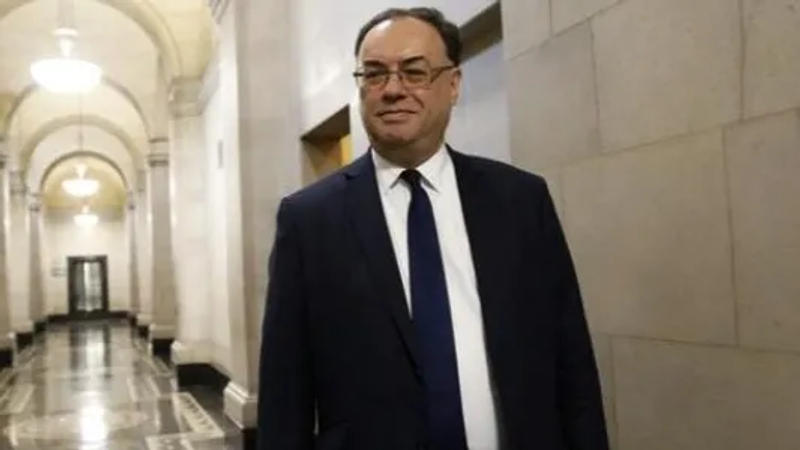Published 16:09 IST, November 5th 2024
UK fiscal splurge limits BoE’s rate-cutting space
The Bank of England will cut its benchmark rate from 5% to 4.75% on Nov. 7, according to all the 72 economists polled by Reuters.

Rachel’s choice. Rachel Reeves’ big fiscal feast risks giving the Bank of England indigestion. The new Labour finance minister’s decision to hike spending, taxes and borrowing in the budget will provide a short-lived boost to growth next year. But it will also reduce BoE Governor Andrew Bailey’s ability to cut rates and keep pace with his European and U.S. counterparts.
Reeves’ plan to reduce economic slack but may leave Bailey without any of his own. Her budget will raise spending by 70 billion pounds a year until 2030, according to the independent Office for Budget Responsibility. That fiscal jolt will double GDP growth from 1% this year to 2% in 2025.
Strapped to the public spending rocket, Britain’s economy will go from growing below its full potential – when demand is low and there is a surplus of products – to outstripping it. The “output gap” – the difference between annual GDP growth and its potential – will swing from minus 0.3% in the last three months of 2024 to 0.4% in early 2026, the OBR calculates. Before the budget, it expected the gap to remain negative or zero until 2030.

That’s bad news for Bailey. A negative output gap helps central bankers because weak demand and excess supply keep inflation quiescent. By contrast, an economy growing above potential can easily stoke inflation. The BoE is almost certain to lower its benchmark rate from 5% to 4.75% on Thursday because inflation is on course to end the year around the 2% target. But if Labour’s spending gives the economy a sugar rush, Bailey will find it harder to cut rates in 2025.
Investors expect UK interest rates to be 4% by the end of 2025, according to derivatives prices collected by LSEG. That’s more than double the level in the euro zone and higher than in the United States, where GDP is set to grow by 2.2% next year, according to the International Monetary Fund. And since the IMF projects that consumer prices will grow by around 2% in the three blocs next year, the UK will have by far the most restrictive monetary policy.
That may be a necessary evil if Reeves’ choices nudge up inflation. And the OBR reckons that the budget’s impact on growth will dissipate after 2025, opening the door to looser policy. However, a prolonged period of high interest rates will exacerbate Britain’s growth challenge, by denting investment and delaying the housing recovery. That means bond markets, chief executives and homeowners won’t be able to rest easy for a while.
Context News
The Bank of England will cut its benchmark rate from 5% to 4.75% on Nov. 7, according to all the 72 economists polled by Reuters. However, nearly two-thirds of them expect the BoE to hold borrowing costs steady in December.
Updated 16:09 IST, November 5th 2024